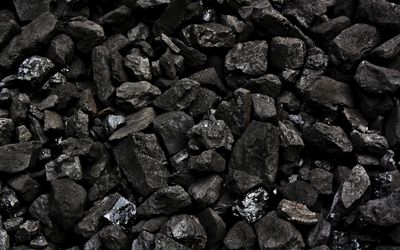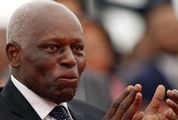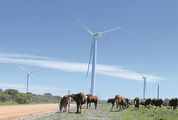PAKISTAN was expected to source about 14-million tonnes of coal from SA in the next few years of the 19-million tonnes its developing power stations would need, Kamran Kamal, a director at The Hub Power Company Limited (Hubco), said on Friday.
SA exports 75-to 80-million tonnes of coal a year through the Richards Bay Coal Terminal. Xavier Prevost, senior analyst at XMP Consulting, told the IHS Energy South African Coal Exports Conference 2016 that coal exports were the country’s biggest mineral export earner last year, generating R104.2bn.
Hubco is one of the developers of new coal-fired power stations in Pakistan. Mr Kamal told the conference the country was short of 5,000MW to 7,000MW of peak power.
Mr Kamal said there had been talk for years of commissioning significant amounts of hydroelectric power to tackle the shortfall, but he was doubtful if this would be realised in the near term.
The biggest sources of power in the next 10 years are expected to be coal and imported liquefied natural gas.
There are numerous coal-fired projects in the planning stage, but only seven are in execution or moving to financial close, one of which is Hubco.
Pakistan imports about 4-million tonnes of coal a year, mainly to make cement, which requires high calorific-value (CV) coal. About 3-million tonnes of this high CV coal comes from SA.
SA is also a market for Pakistan’s cement, but after an investigation into dumping, SA has imposed duties of up to 77% on imports of Pakistani cement. Asked if this was likely to result in retaliation by Pakistan on SA’s thermal coal exports, Mr Kamal said it had not arisen yet, but it was a possibility, especially if there was lobbying by politically connected businesspeople in the cement industry.
Mr Kamal said SA’s coal was favoured over Colombia’s or Australia’s because it offered high CV at a lower cost, and its quality was better than Indonesian coal.
Fabio Gabrieli, a director of global traders Mercuria, forecast that China’s coal import demand would continue to fall this year and India’s would drop for the first time in many years as it was focused on using more domestic coal.

Picture: THINKSTOCK
PAKISTAN was expected to source about 14-million tonnes of coal from SA in the next few years of the 19-million tonnes its developing power stations would need, Kamran Kamal, a director at The Hub Power Company Limited (Hubco), said on Friday.
SA exports 75-to 80-million tonnes of coal a year through the Richards Bay Coal Terminal. Xavier Prevost, senior analyst at XMP Consulting, told the IHS Energy South African Coal Exports Conference 2016 that coal exports were the country’s biggest mineral export earner last year, generating R104.2bn.
Hubco is one of the developers of new coal-fired power stations in Pakistan. Mr Kamal told the conference the country was short of 5,000MW to 7,000MW of peak power.
Mr Kamal said there had been talk for years of commissioning significant amounts of hydroelectric power to tackle the shortfall, but he was doubtful if this would be realised in the near term.
The biggest sources of power in the next 10 years are expected to be coal and imported liquefied natural gas.
There are numerous coal-fired projects in the planning stage, but only seven are in execution or moving to financial close, one of which is Hubco.
Pakistan imports about 4-million tonnes of coal a year, mainly to make cement, which requires high calorific-value (CV) coal. About 3-million tonnes of this high CV coal comes from SA.
SA is also a market for Pakistan’s cement, but after an investigation into dumping, SA has imposed duties of up to 77% on imports of Pakistani cement. Asked if this was likely to result in retaliation by Pakistan on SA’s thermal coal exports, Mr Kamal said it had not arisen yet, but it was a possibility, especially if there was lobbying by politically connected businesspeople in the cement industry.
Mr Kamal said SA’s coal was favoured over Colombia’s or Australia’s because it offered high CV at a lower cost, and its quality was better than Indonesian coal.
Fabio Gabrieli, a director of global traders Mercuria, forecast that China’s coal import demand would continue to fall this year and India’s would drop for the first time in many years as it was focused on using more domestic coal.






















Change: 0.40%
Change: 0.47%
Change: -0.49%
Change: 0.53%
Change: 1.03%
Data supplied by Profile Data
Change: 1.71%
Change: 1.28%
Change: 0.40%
Change: 0.00%
Change: 1.64%
Data supplied by Profile Data
Change: -1.27%
Change: 0.00%
Change: 0.05%
Change: -0.08%
Change: 0.35%
Data supplied by Profile Data
Change: -0.02%
Change: 0.21%
Change: -0.06%
Change: 0.53%
Change: 0.70%
Data supplied by Profile Data